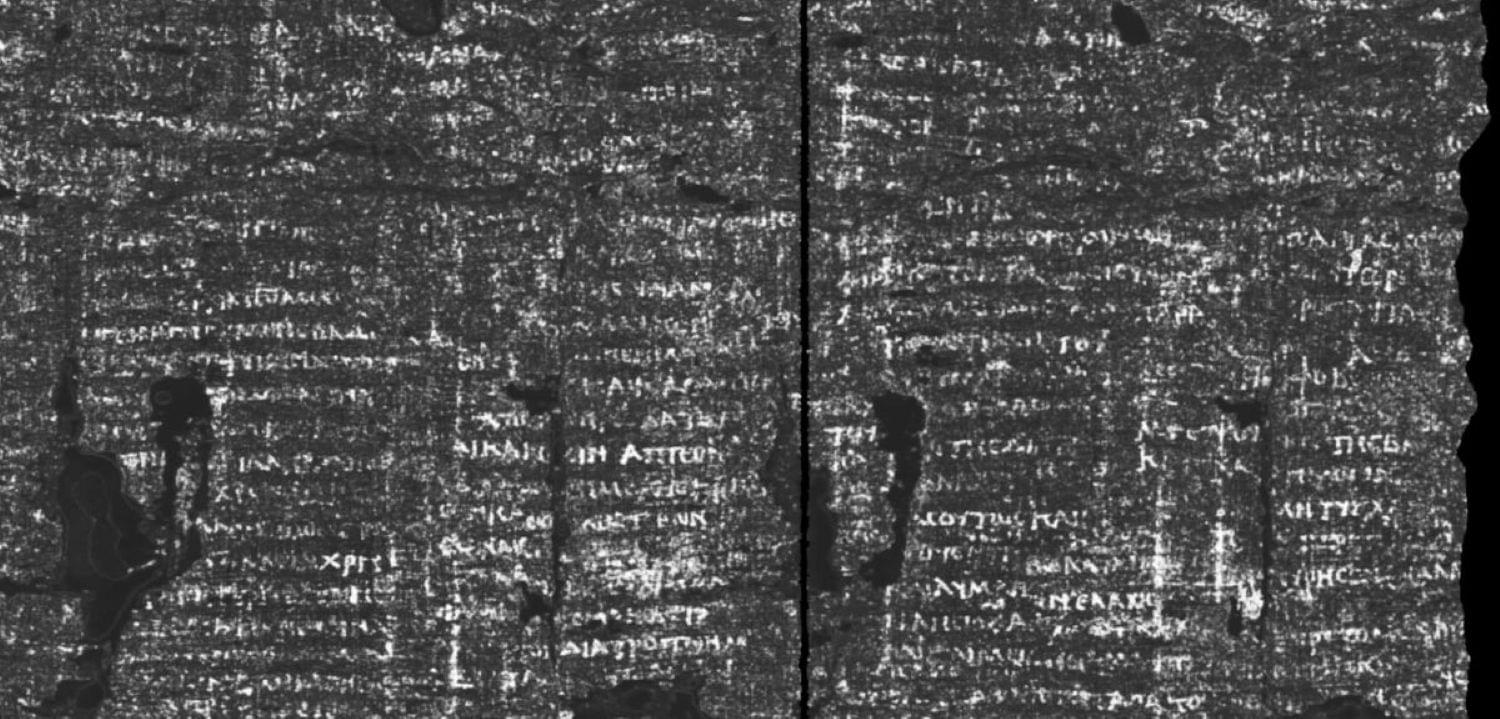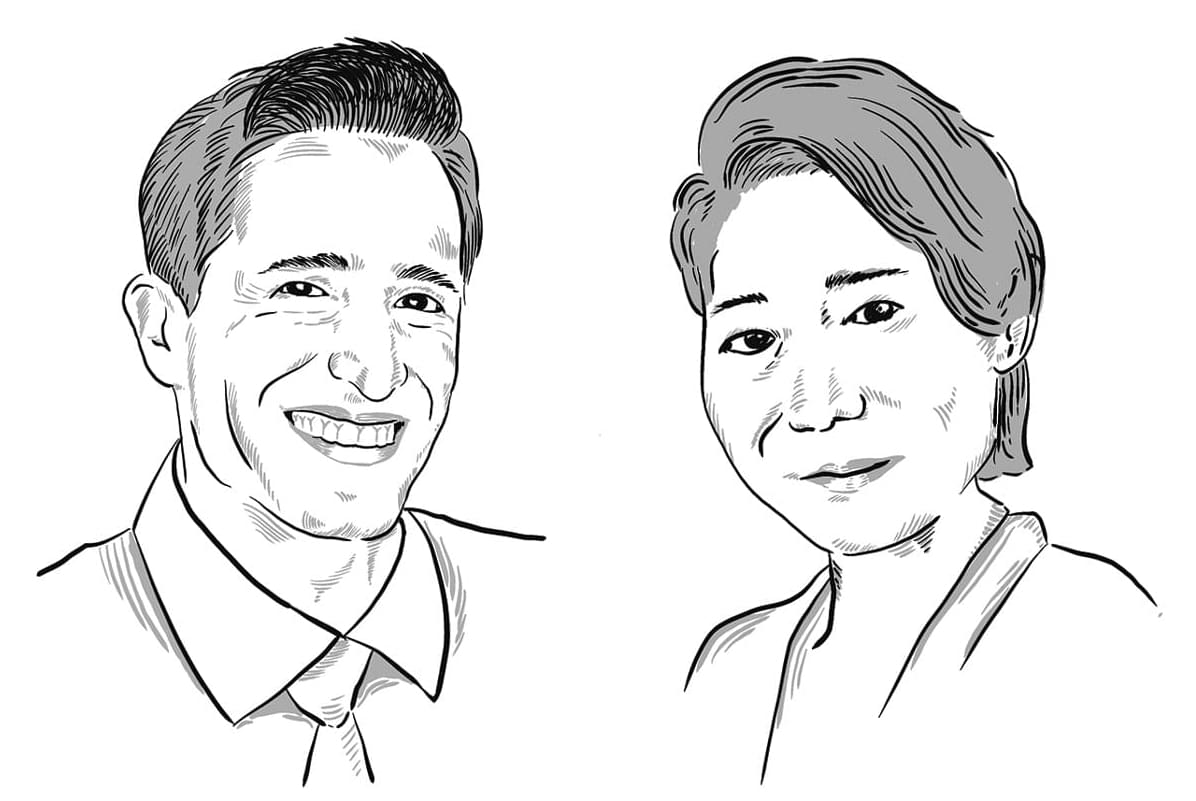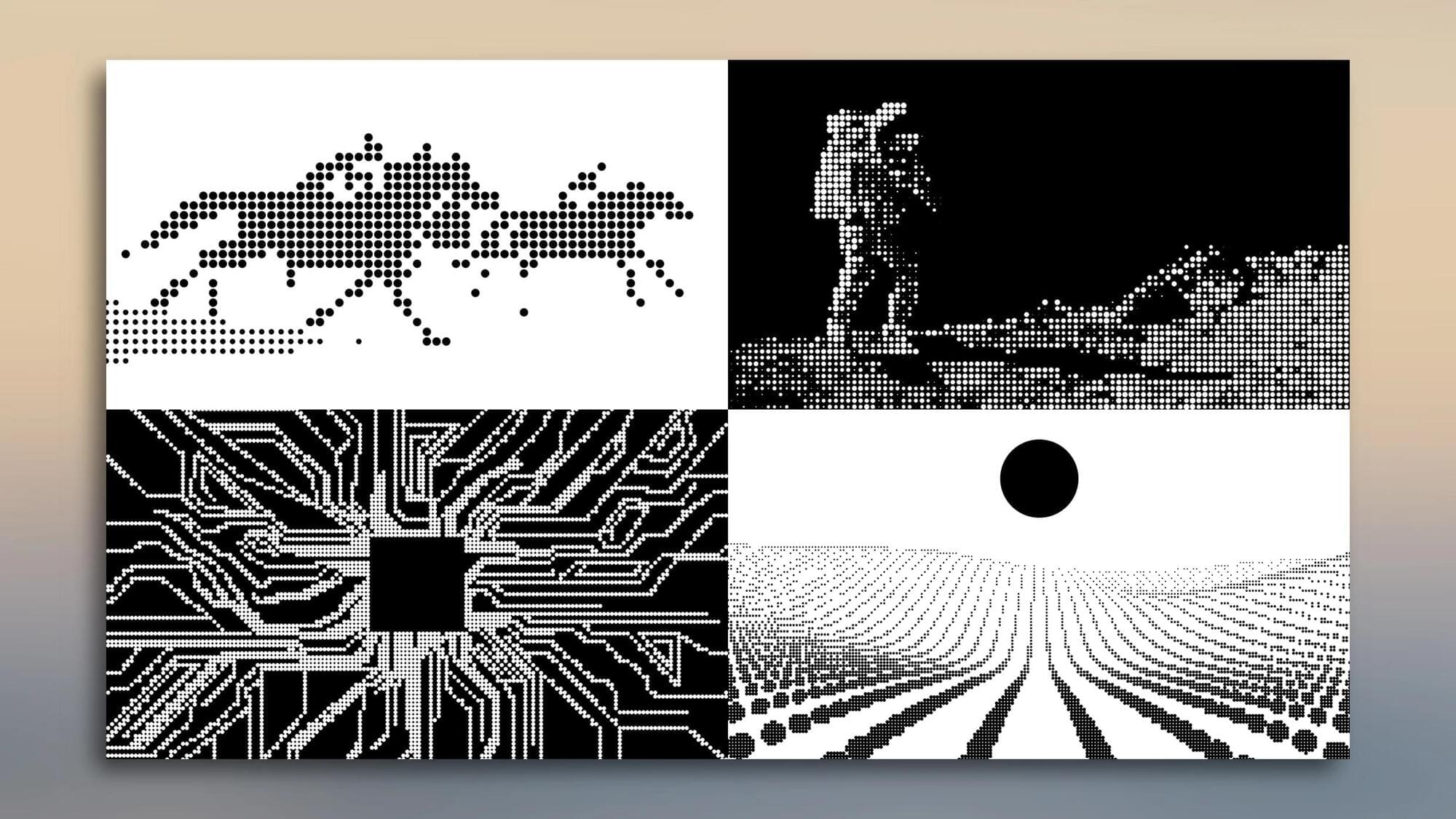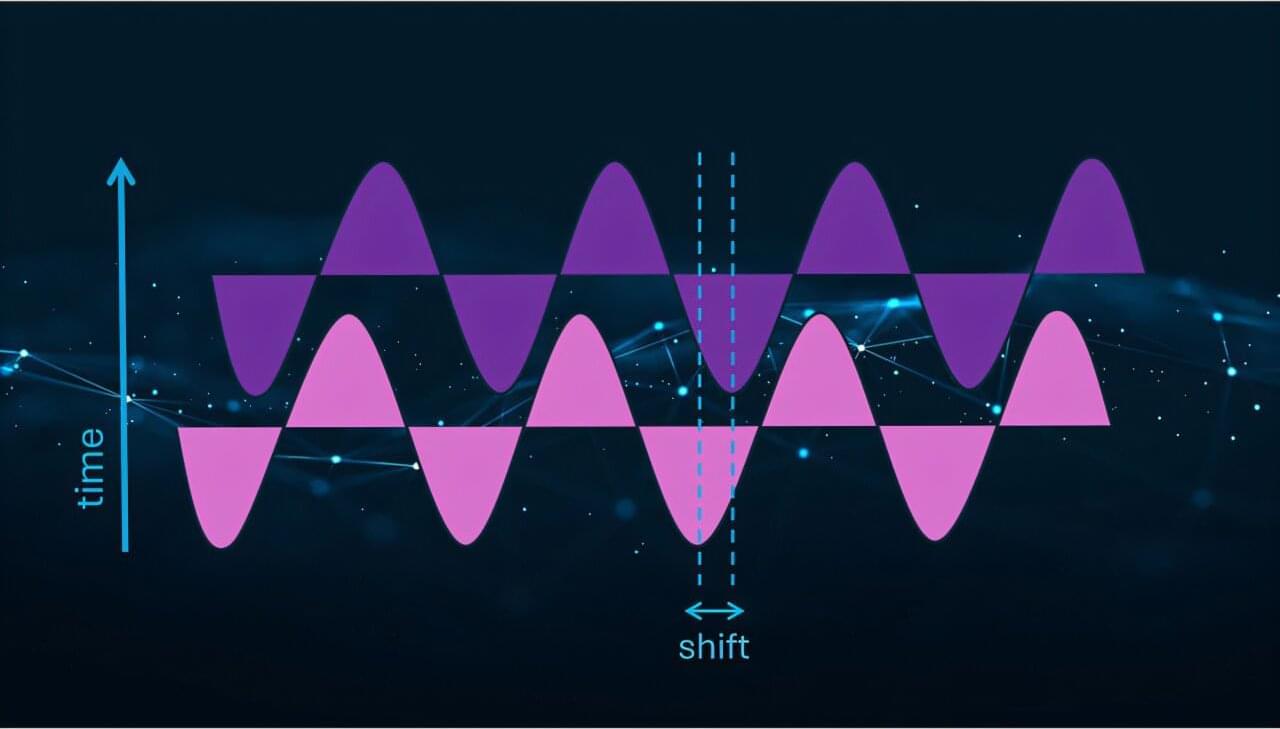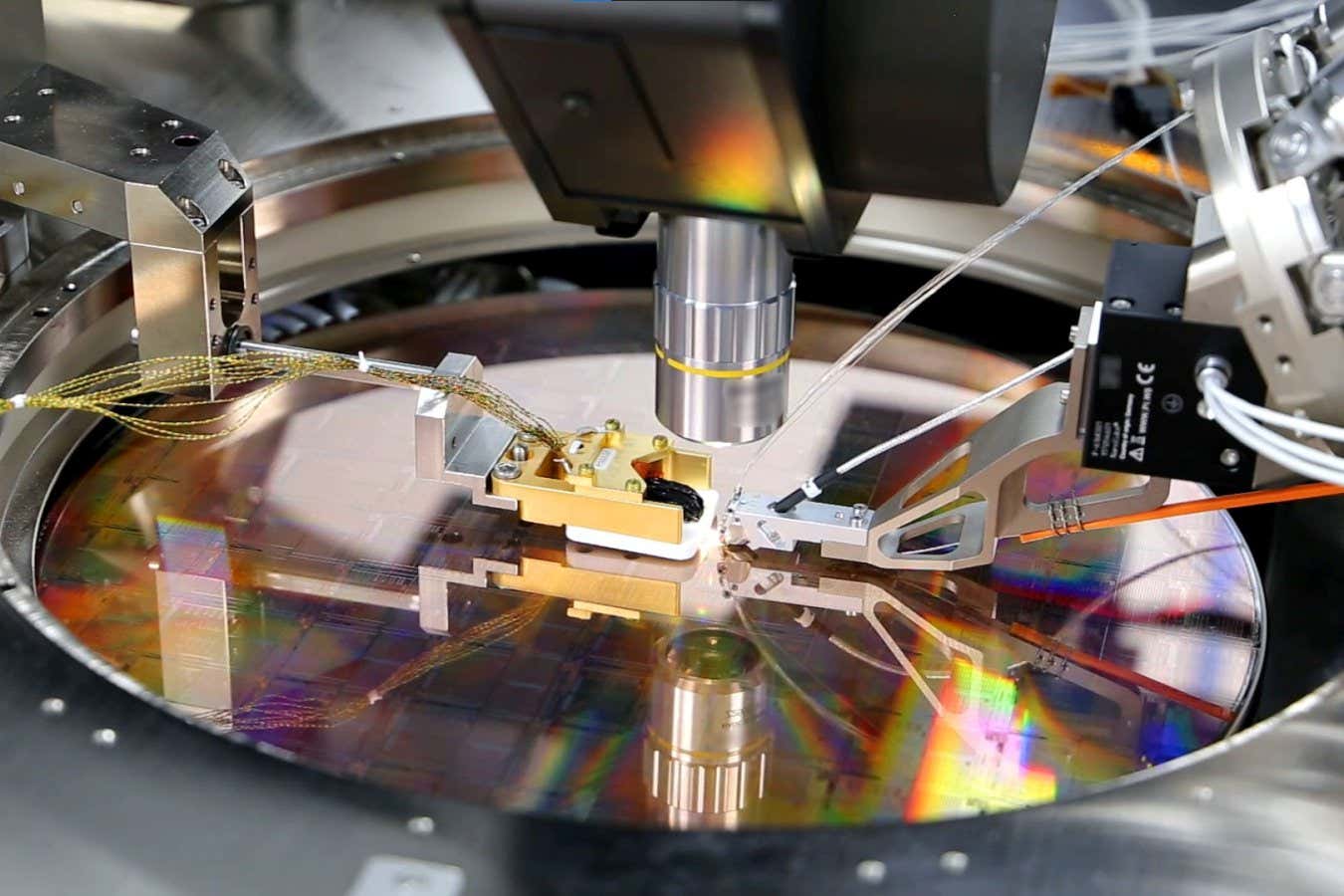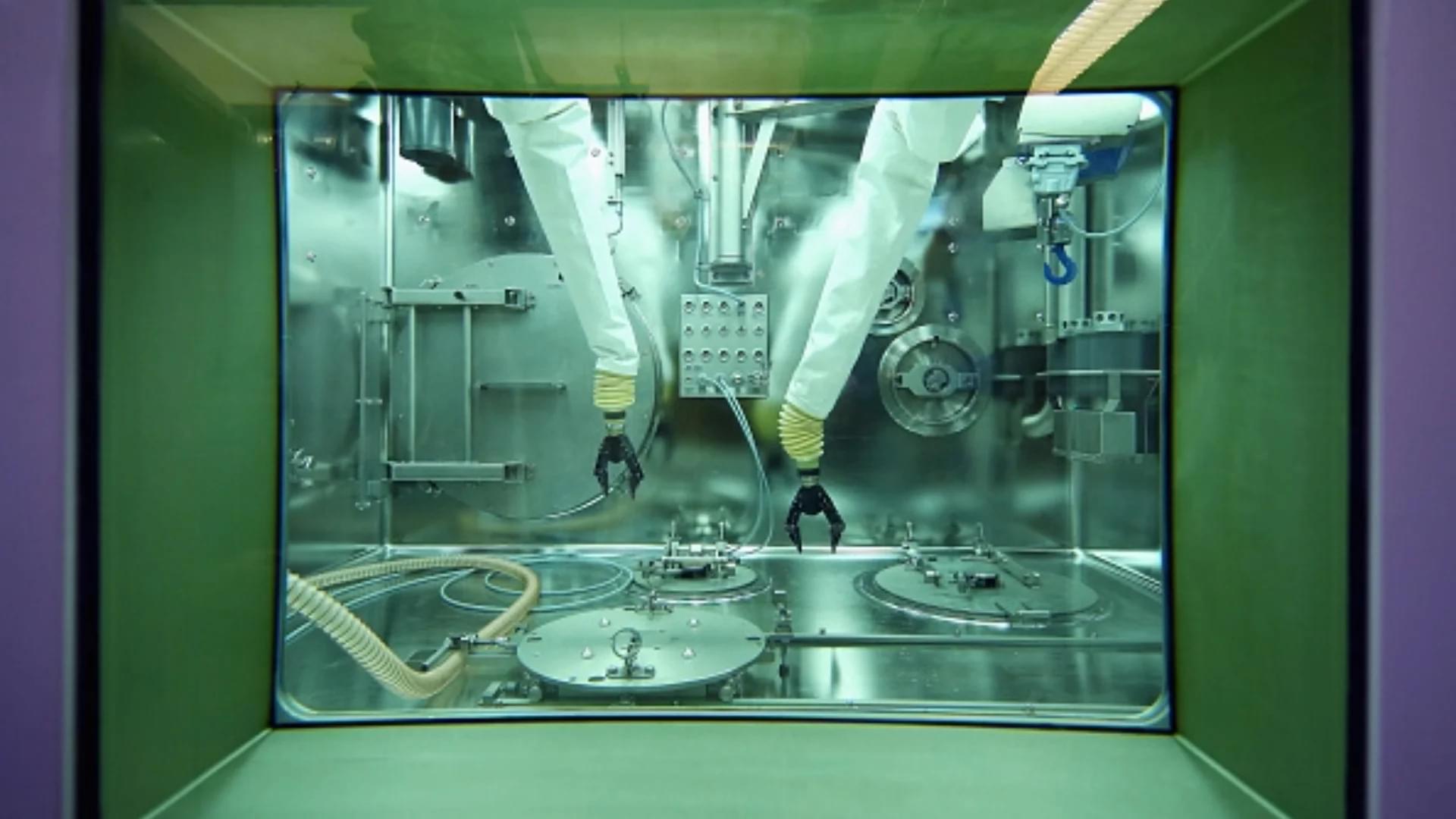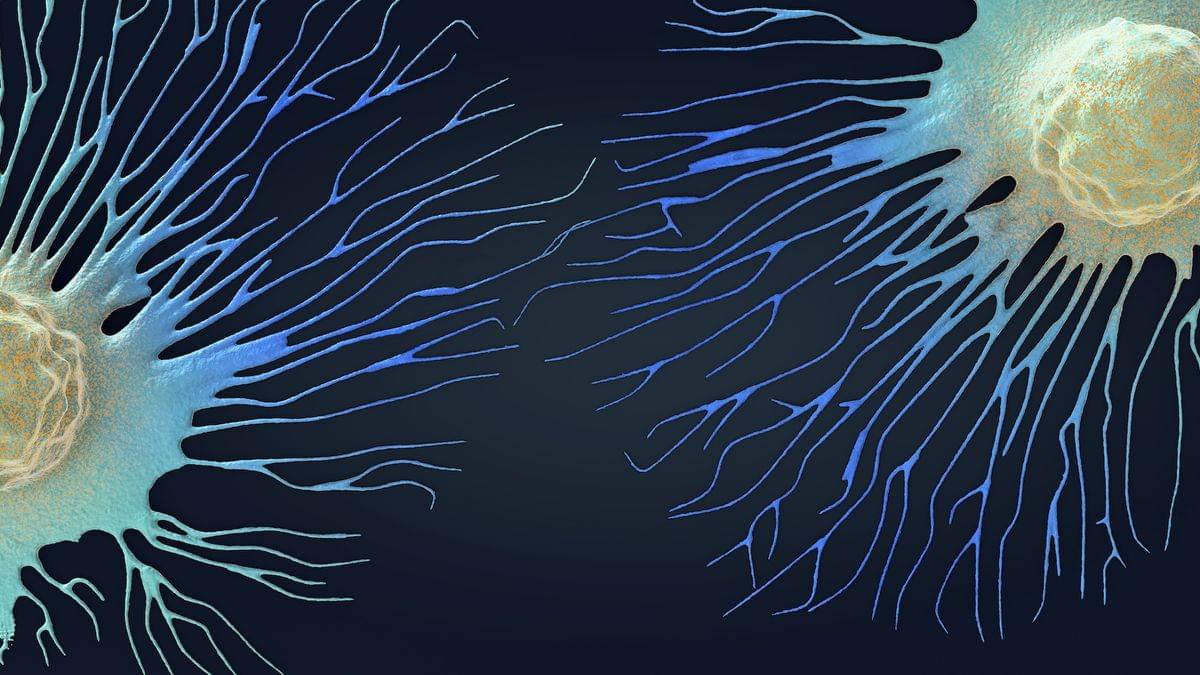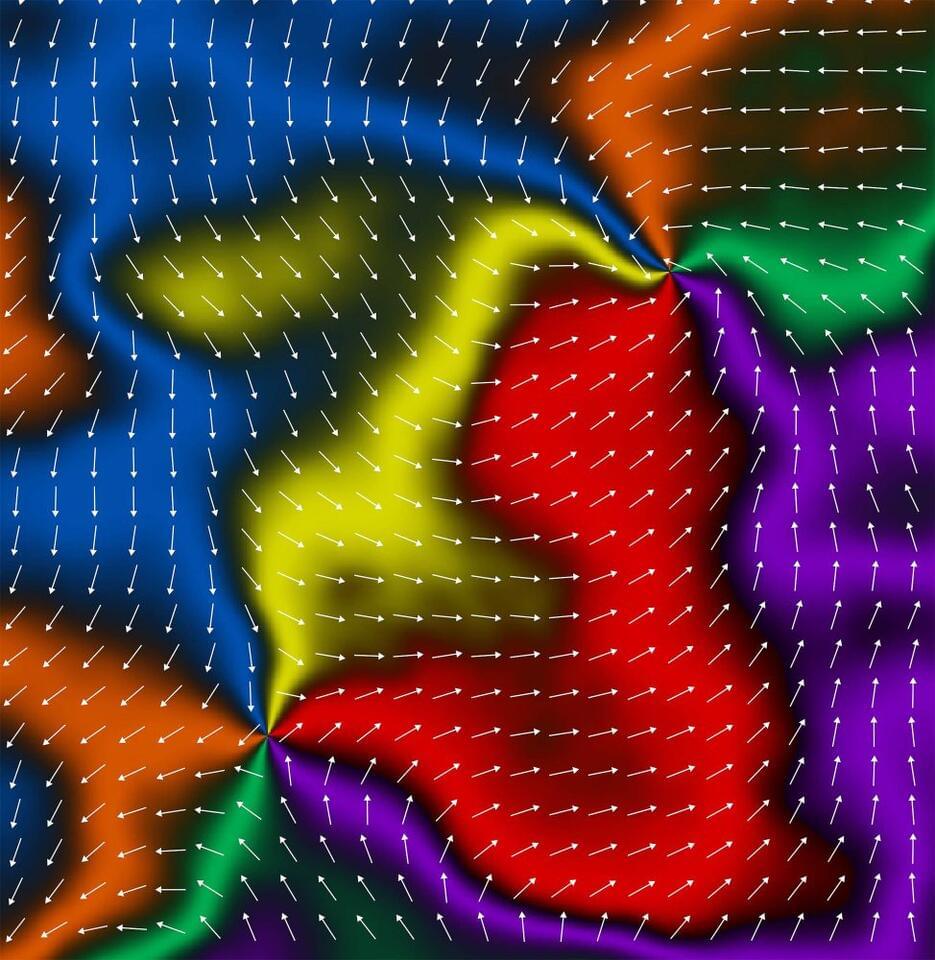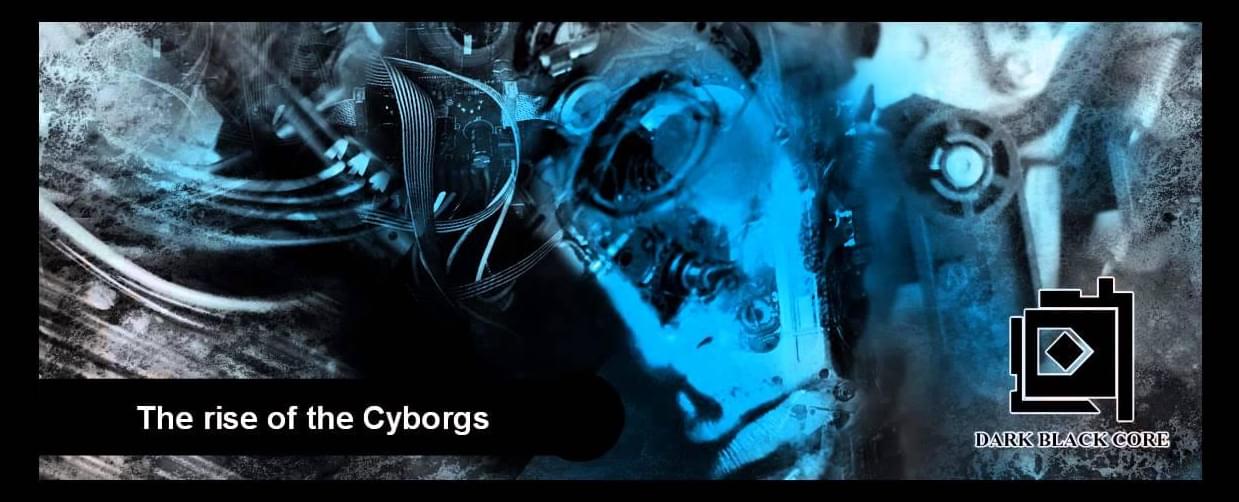Researchers successfully generated the first image of the inside of scroll PHerc. 172.
Sylvain Lesné, a neuroscientist accused of image manipulation in a seminal Alzheimer’s disease paper in, resigned last week from his tenured professorship at the University of Minnesota Twin Cities (UMN). The move follows a 2.5-year investigation in which the university found problems with several other papers on which Lesné is an author. The study has already been pulled, but the school has asked that four more of Lesné’s papers be retracted.
The resignation, effective 1 March, was first reported by the. Lesné did not respond to a request for comment. UMN spokesperson Jake Ricker said, “The university has identified data integrity concerns impacting several publications and has been in touch with those journals to recommend retraction of the publications, where appropriate.”
As a postdoc, Lesné worked in the lab of neuroscientist Karen Ashe. In 2006, they published a study in that seemed to show a cause-effect relationship between a protein—amyloid-beta *56—and memory loss in rats. Those symptoms seemed to resemble the memory problems that afflict Alzheimer’s patients.
OpenAI CMO Kate Rouch on the company’s ambition to build an iconic brand, the creative direction of its first big ad, and why it suited up for the Super Bowl.
Scattering takes place across the universe at large and miniscule scales. Billiard balls clank off each other in bars, the nuclei of atoms collide to power the stars and create heavy elements, and even sound waves deviate from their original trajectory when they hit particles in the air.
Understanding such scattering can lead to discoveries about the forces that govern the universe. In a recent publication in Physical Review C, researchers from Lawrence Livermore National Laboratory (LLNL), the InQubator for Quantum Simulations and the University of Trento developed an algorithm for a quantum computer that accurately simulates scattering.
“Scattering experiments help us probe fundamental particles and their interactions,” said LLNL scientist Sofia Quaglioni. “The scattering of particles in matter [materials, atoms, molecules, nuclei] helps us understand how that matter is organized at a microscopic level.”
With an investment of AU$1 billion, PsiQuantum is planning to build a photonic quantum computer with a million qubits, far larger than any in existence today — and the firm says it will be ready in just two years.
To identify signs of particles like the Higgs boson, CERN researchers work with mountains of data generated by LHC collisions.
Hunting for evidence of an object whose behavior is predicted by existing theories is one thing. But having successfully observed the elusive boson, identifying new and unexpected particles and interactions is an entirely different matter.
To speed up their analysis, physicists feed data from the billions of collisions that occur in LHC experiments into machine learning algorithms. These models are then trained to identify anomalous patterns.
The heart drug digoxin could potentially be combined with existing cancer therapies to prevent the spread of tumors, an early trial suggests. But questions remain.
SPACE (KXAN) — A star flying through the night sky may be the fastest-moving solar system in our galaxy. Possibly a planet a little larger than Neptune orbiting a small star, the system could be moving at least 1.2 million miles per hour, according to NASA.
First discovered in 2011, the system was included in a research project led by Sean Terry with the University of Maryland, College Park, and NASA’s Goddard Space Flight Center. Terry’s paper on the star was published in February in The Astronomical Journal.
“We think this is a so-called super-Neptune world orbiting a low-mass star at a distance that would lie between the orbits of Venus and Earth if it were in our solar system,” Terry said in a press release from NASA.
Researchers in Sweden have reported control over a new kind of magnetism with the potential to boost electronic performance. Their work shows that this new class of magnetism, called altermagnetism, can increase memory device operation speeds by up to a thousand times.
Scientists say it stands apart from the two widely known forms of magnetic order and may open doors to faster, more efficient technologies.
Scientists from the University of Nottingham’s School of Physics and Astronomy have confirmed this third category in microscopic devices, and their findings have been published in Nature. Professor Peter Wadley from the same institution led the research.
